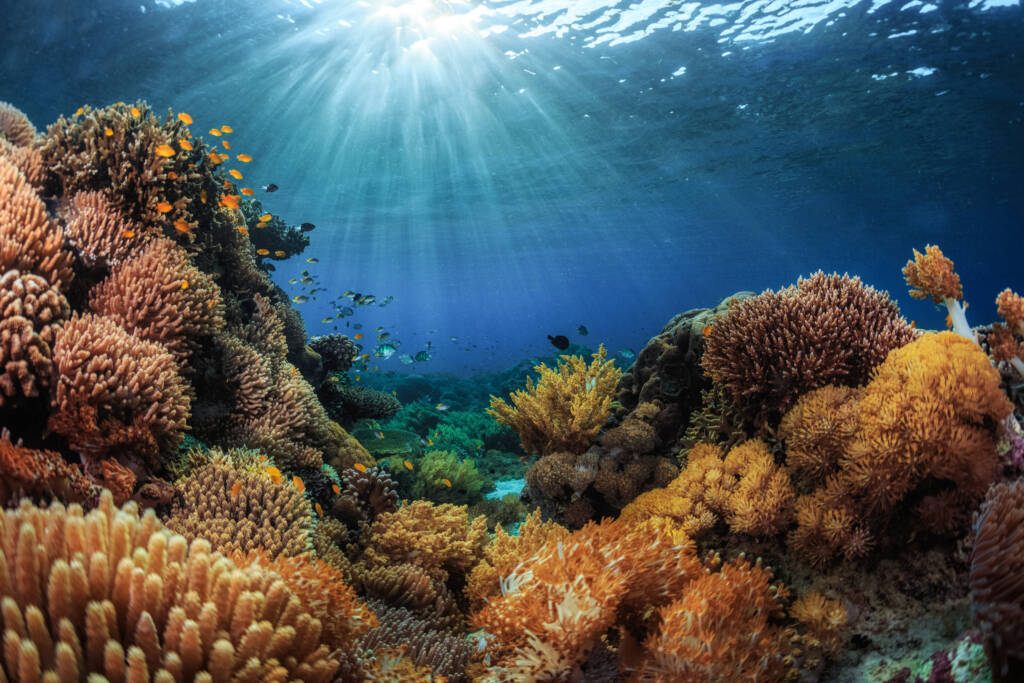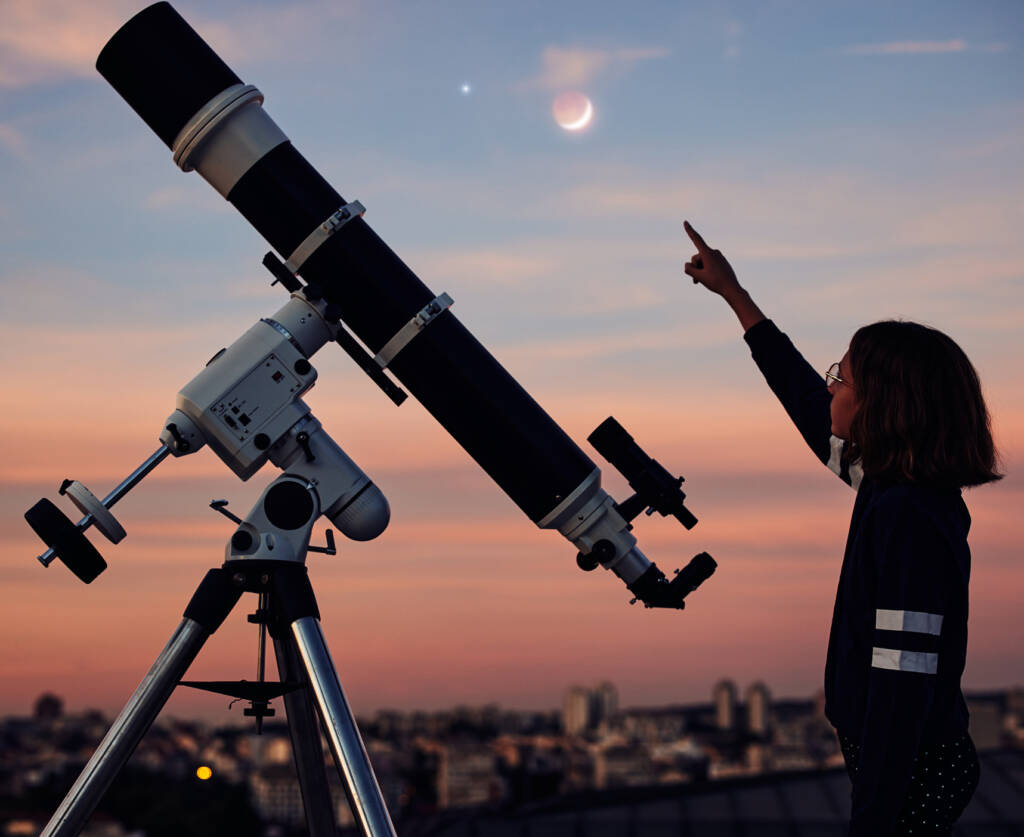
Earth-Space Science Project

Imagine studying the forces that shape our planet while collaborating with a geologist! Or picture yourself exploring the mysteries of the universe with an astronomer. If you’re excited about applying your knowledge to real-world careers, our VLACS Projects are the perfect fit for you!
This engaging learning pathway allows students to explore various career fields while mastering key concepts and skills. For each competency, you can choose to complete a pre-designed project that simulates real-life career tasks or create your own unique learning experience. Regardless of your choice, you’ll engage in thorough research and apply what you learn to authentic career scenarios.
With the pre-designed projects, you’ll tackle real-world tasks that align with each competency. If you decide to design your own experience, you’ll collaborate with your instructor and a mentor to design and complete meaningful career tasks that demonstrate your understanding. We have partnered with hundreds of mentors you can work with if you choose to design your own experience. Check out our Career Mentor Catalog here.
Take a look at the competency statements and pre-designed options below. We’re excited to support you on this exciting and open-ended learning adventure!
Note: This is a project-based course. If you’re looking for a traditional format, please return to the learning catalog and select the course.
Projects
Environmental Technician
Competency: Matter and Energy
You are an environmental technician at a company that builds air purification systems. This system can minimize air pollution city-wide. The marketing team wants to promote the product’s use of matter and energy.
You will create a promotional asset that will describe the atomic structure and forces, explain the phases and transformations of matter, and relate the processes of energy transference to the phases of matter.
Park Ranger
Competency: Climate and Weather
You are a park ranger at a mountain club where many people come to hike. Hikers rely on resources regarding climate and weather, which provides a broader context of climate and the weather.
You will create a mountain weather safety manual that will explain the water cycle, describe Earth’s atmosphere, and compare weather and climate.
Social Media Manager
Competency: Freshwater
You are a social media manager at a non-profit organization that advocates for freshwater conservation. The organization wants to raise social responsibility by raising the level of understanding of the importance of freshwater.
You will create an advertisement that will describe freshwater systems, explain water quality, and describe water conservation.
Producer
Competency: Our Universe
You are a producer for a space history podcast. There is interest in a podcast focusing on stories that explain our universe.
You will create a series of short stories that will describe features of the universe, summarize the exploration and origins of our universe, and explain stars and elements.
Attorney
Competency: Rocks and Minerals
You are an attorney working for an environmental law firm. You are researching a case involving rocks and minerals as it relates to the protection of rocks and minerals. A briefing is needed for an upcoming court case on rocks and minerals.
You will create a briefing that will explain mineral identification, describe rock formation and the implications of mining, and evaluate soil characteristics and classification.
Curator
Competency: Geologic Time
You are a curator at a natural science museum, where you are tasked with deciding what will go into an exhibit. To help visitors better understand the geologic factors that influenced Earth’s systems, the exhibit will focus on geologic time.
You will create the exhibit parameters that will explain the geologic time scale, differentiate theories on the origin and evolution of life and describe the coevolution of Earth’s systems.
Marine Navigator
Competency: The Ocean
You are a marine navigator for an international shipping company, responsible for producing a mapped shipping route for your company’s vessel for the management team for approval. This route must be safe and speedy, which is achievable by understanding the ocean.
You will create a presentation for your suggested route that will describe the characteristics of the oceans, compare ocean movements, and explain ocean interactions.
Scriptwriter
Competency: Our Solar System
You are a scriptwriter for a planetarium. Exhibits at the planetarium have slideshows that help visitors better understand our solar system.
You will create a slideshow script for an exhibit that will describe solar system formation, explain the forces in our solar system, describe celestial objects, and explain the Earth-sun-moon system.
Civil Engineer
Competency: The Geosphere
You are a civil engineer working for a building construction firm, working up a risk package. Your risk package will include a set of handouts to help the firm better understand the geosphere.
You will create handouts describing the composition and structure of the geosphere, explaining the carbon cycle, and differentiating plate movement and boundaries.
Competencies
Matter and Energy
Students will demonstrate an understanding of matter and energy by describing the atomic structure and forces, explaining the phases and transformations of matter, and relating the processes of energy transference to the phases of matter.
Climate and Weather
Students will demonstrate an understanding of climate and weather by explaining the water cycle, describing Earth’s atmosphere, and comparing weather and climate.
Fresh Water
Students will demonstrate an understanding of fresh water by describing freshwater systems, explaining water quality, and describing water conservation.
Our Universe
Students will demonstrate an understanding of our universe by describing features of the universe, summarizing the exploration and origins of our universe, and explaining stars and elements.
Rocks and Minerals
Students will demonstrate an understanding of rocks and minerals by explaining mineral identification, describing the rock formation and the implications of mining, and evaluating soil characteristics and classification.
Geologic Time
Students will demonstrate an understanding of geologic time by explaining the geologic time scale, differentiating theories on the origin and evolution of life, and describing the coevolution of Earth’s systems.
The Oceans
Students will demonstrate an understanding of the oceans by describing the characteristics of the oceans, comparing ocean movements, and explaining ocean interactions.
Our Solar System
Students will demonstrate an understanding of our solar system by describing solar system formation, explaining the forces in our solar system, describing celestial objects, and explaining the Earth-sun-moon system.
The Geosphere
Students will demonstrate an understanding of the geosphere by describing the composition and structure of the geosphere, explaining the carbon cycle, and differentiating plate movement and boundaries.

